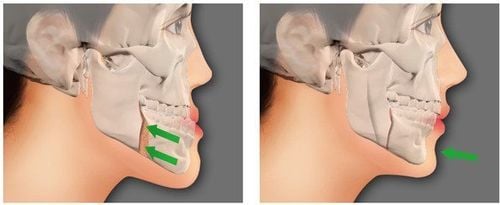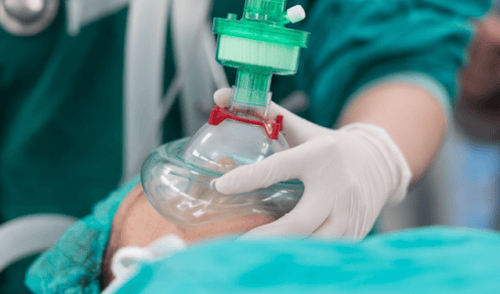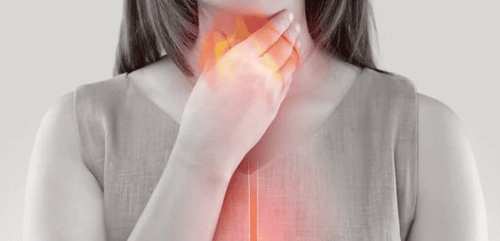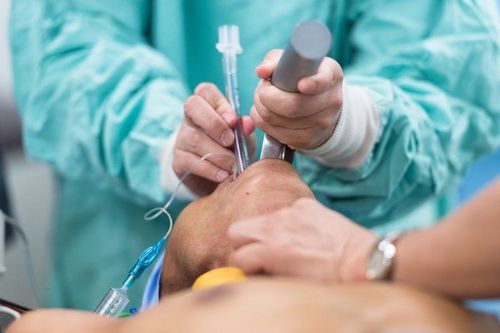This is an automatically translated article.
The article was professionally consulted by Specialist Doctor I Nguyen Duc Thong - Anesthesiologist - General Surgery Department - Vinmec Danang International Hospital. The doctor has 14 years of experience in the field of Anesthesia.Multiple trauma to the maxillofacial region is a common injury caused by traffic accidents as well as occupational accidents. When suffering from multiple trauma to the maxillofacial region, if not handled and treated promptly and properly, it can easily lead to unfortunate consequences in terms of function as well as aesthetics.
1. Causes of multiple trauma to the maxillofacial region
According to statistics, about 90% of maxillofacial injuries are caused by traffic accidents and the remaining 10% are caused by occupational accidents and other causes.Maxillofacial trauma includes two main groups, the first is soft tissue trauma and the second is maxillofacial fracture.
Because the maxillofacial area has its own anatomical as well as physiological characteristics, if the wounds are not treated promptly and properly, it can easily lead to many sequelae related to aesthetics as well as function. The consequences of multiple trauma to the maxillofacial region can be permanent scarring, nerve damage as well as facial deformities or severe mental trauma for the patient.
2. Treatment of multiple trauma to the maxillofacial region

In principle of treatment, depending on the severity of the patient's injury, the doctor will take appropriate measures to preserve the maximum organization as well as avoid complications and accidents for the patient during treatment. treat and always respect the bite.
Treatment of multiple maxillofacial trauma is as follows:
2.1 Management of soft tissue trauma to the patient's maxillofacial region Clearing the patient's airway includes sucking blood from the throat and nose as well as endotracheal anesthesia when needed set. Stop bleeding the patient in time to minimize blood loss as well as avoid shock to the patient. Give the patient a tetanus shot (SAT). Clean the patient's wound: Remove foreign objects such as metal, sandstone...and then wash the patient's wound with hydrogen peroxide solution or physiological saline NaCl 9% and Betadin solution. Conduct local anesthesia for the patient and cut the wound, then suture the patient's wound according to each anatomical layer and bandage the wound. Use antibiotics, anti-inflammatory, pain relievers for patients. Take care of the soft part of the face every day. Conduct suture removal for the patient after 5-7 days.

Carry out orthopedic surgery for the patient. Perform correction and fix the two jaws to the bite so that it is correct with the bow as well as the rubber. Use of bone fusion with splint - vis. Surgery must be performed under general anesthesia with endotracheal intubation. Multiple traumas to the maxillofacial region need to be treated and given emergency promptly, it is necessary to immediately bring the patient to a reputable medical facility to be examined and treated by highly qualified and experienced doctors.
Please dial HOTLINE for more information or register for an appointment HERE. Download MyVinmec app to make appointments faster and to manage your bookings easily.












